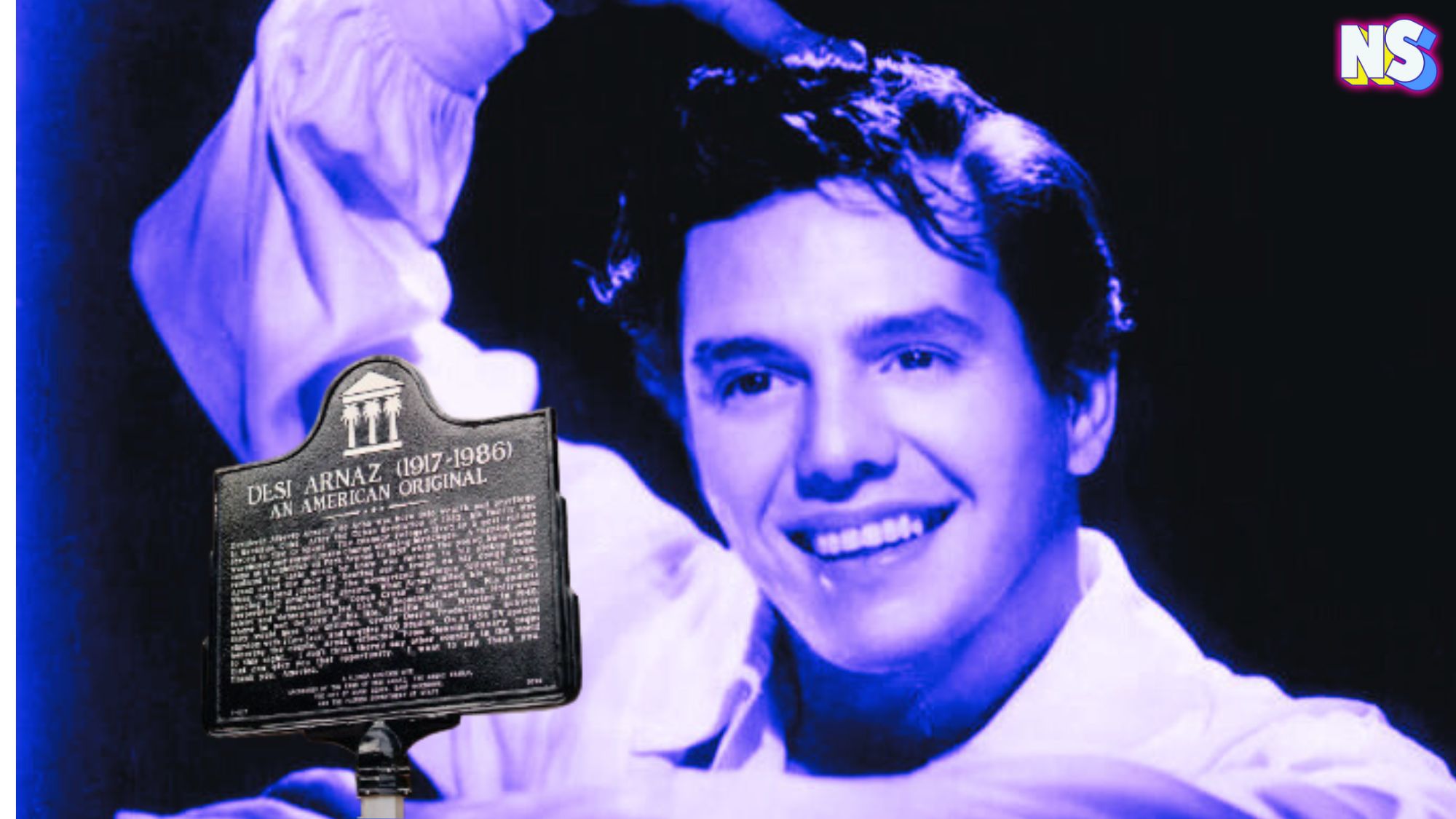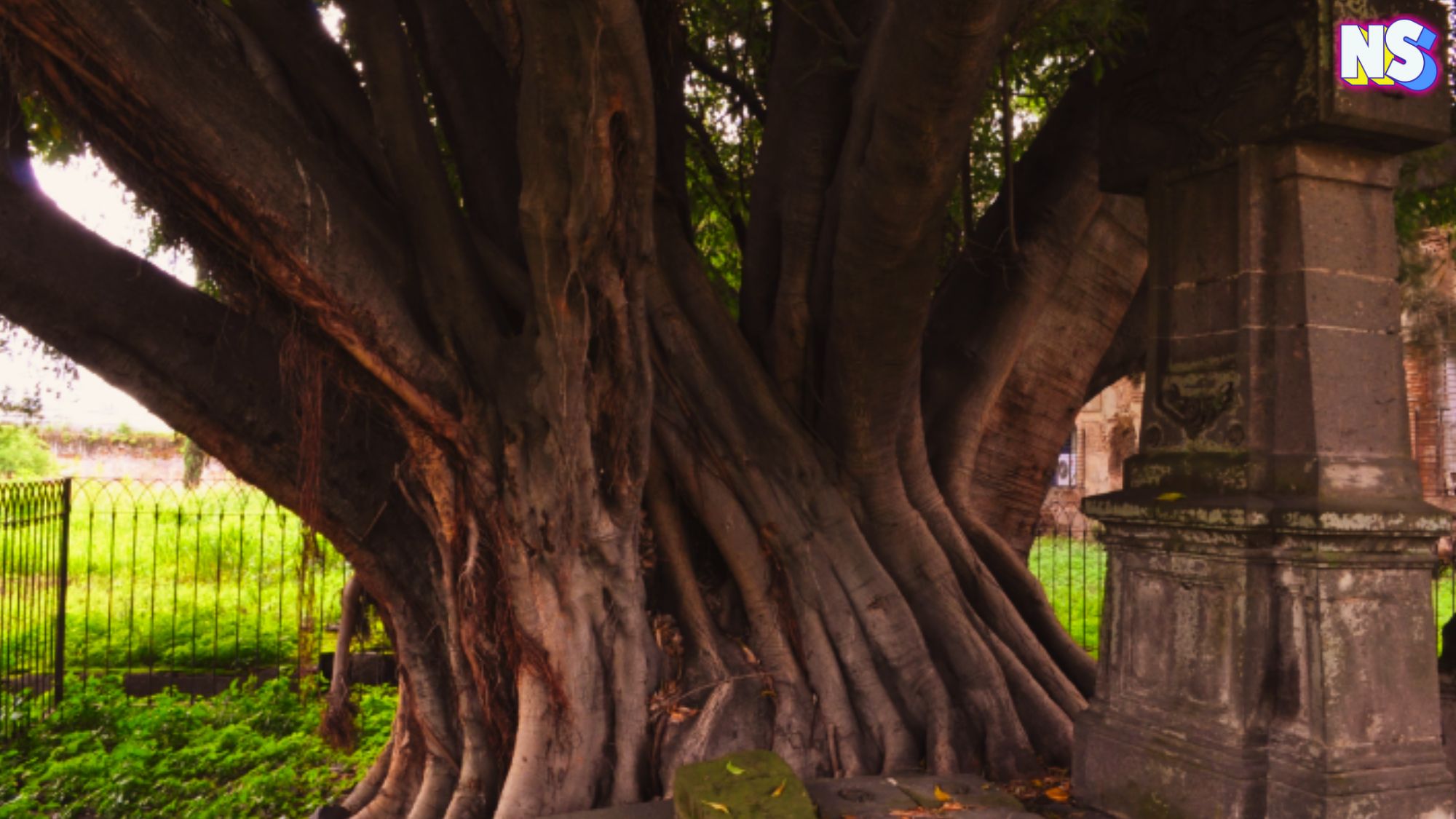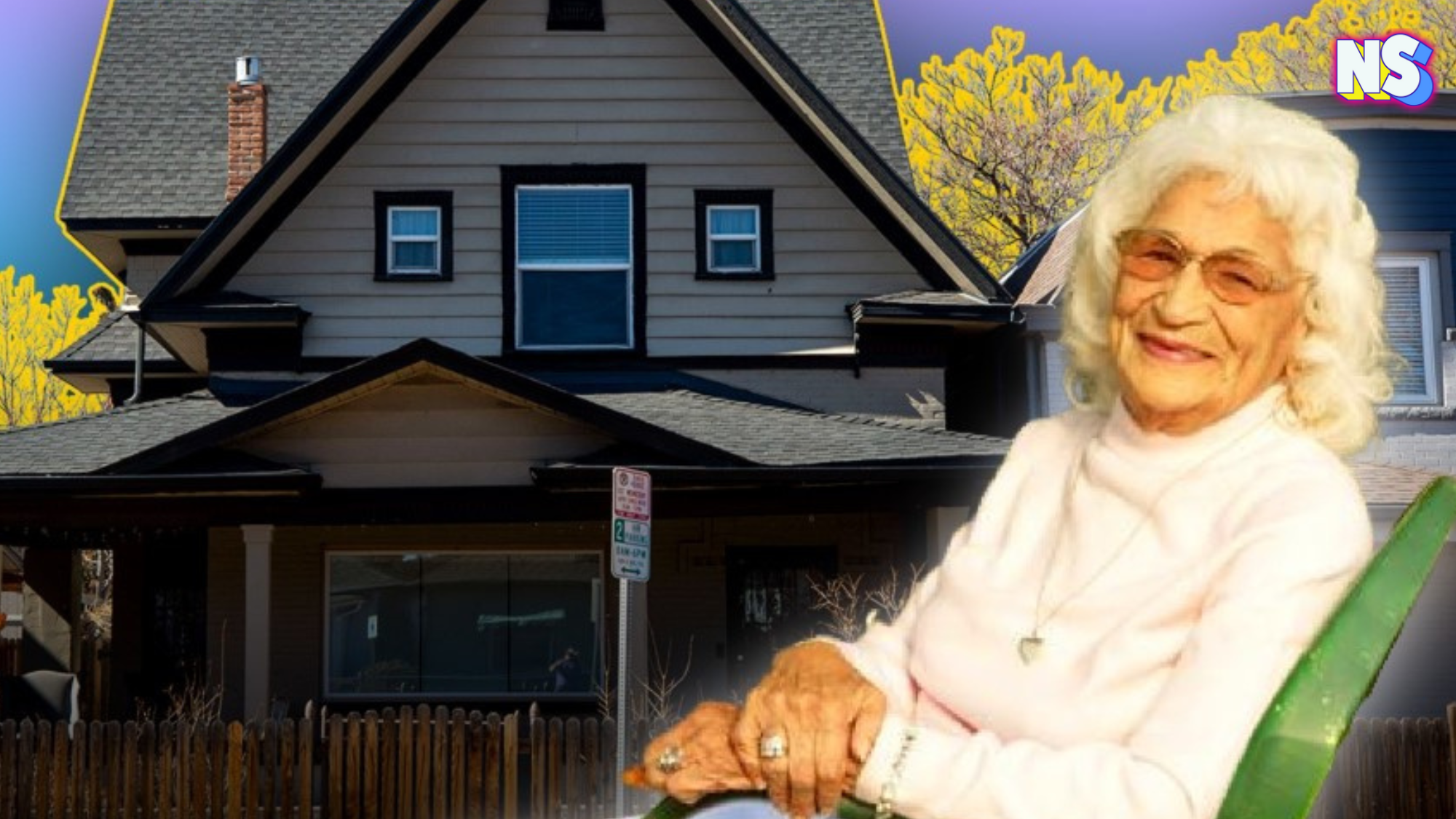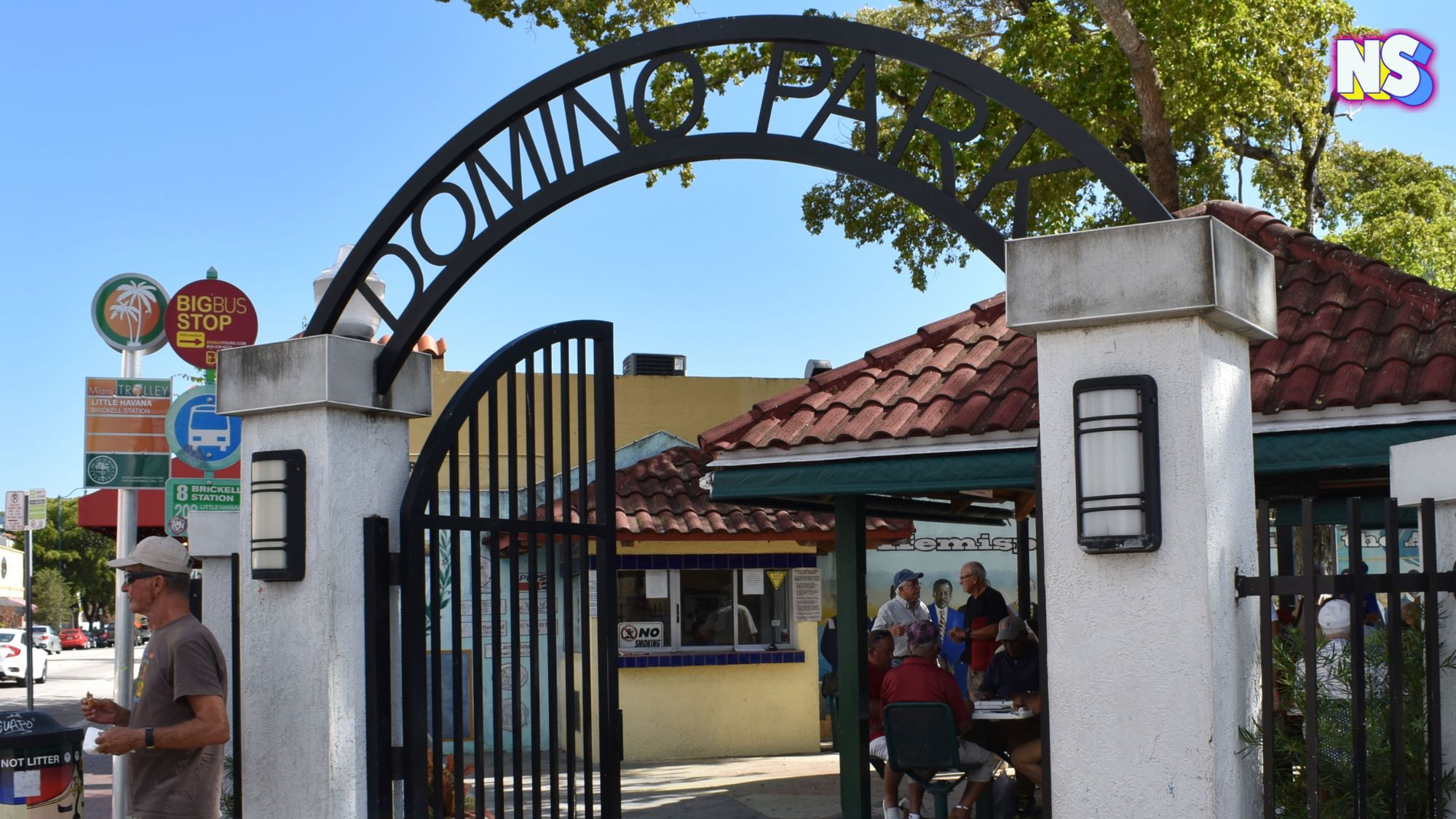Did you know that before Desi Arnaz was 'Ricky Ricardo' on the hit television sitcom “I Love Lucy,” he was a young Cuban immigrant struggling in South Florida? No? It's OK. You’re not alone. Most of us didn't know.
Arnaz is known by millions for revolutionizing television. But his story of escaping from Cuba to the United States, and chasing his American dream, is rarely told. Now, thanks to some longtime fans, and a proud city, it's all about to change. This month, Arnaz's hometown of Miami Beach paid tribute to his immigrant journey with a brand-new historical marker, finally honoring the "I" in "I Love Lucy."
Life Before 'I Love Lucy'
“Years before he played the charming and devoted husband Ricky Ricardo on the sitcom ‘I Love Lucy’ and became a bandleader who belted out ‘Babalú’ before audiences, Desi Arnaz was a teenage Cuban immigrant who struggled to learn English in Florida,” the New York Times writes.
Born Desiderio Alberto Arnaz y de Acha III in Santiago de Cuba in 1917, Arnaz grew up wealthy. His father was the mayor of the city of Santiago, and his grandfather was an executive at Bacardí. However, the Cuban Revolution of 1933 turned their world upside down. Arnaz’s father was imprisoned, and their home was raided by rioters. Arnaz and his mother escaped and fled to Miami with nothing.
As he explained, life in Miami wasn’t easy. Arnaz and his family went from luxury to poverty, sleeping on cots in a warehouse while scraping by through odd jobs. The once-privileged boy found himself cleaning canary cages and helping his father lay tiles in Miami Beach’s luxury homes.
“He attended a Catholic school in Miami Beach, picking up the guitar and the conga drum,” the New York Times explains.
Introducing Miami to the Conga
He joined a local rumba band and performed at Miami’s Roney Plaza Hotel. A popular bandleader at the time, Xavier Cugat discovered him, and invited Arnaz to tour with his orchestra. This gave the young immigrant his first taste of success.
In 1937, after touring the U.S., Arnaz returned to Miami Beach and convinced a local nightclub to hire him as a bandleader. His first gig at the Park Avenue Restaurant, however, was a disaster. His band couldn’t play the Cuban rhythms he was known for, and after a disastrous opening night, they were nearly fired. But Arnaz wasn’t ready to give up.
Desperate, Arnaz decided to introduce something Miami had never seen before: the conga. He led the audience in a conga line, and by the end of the night, everyone in the club was dancing. The conga craze was born, spreading from Miami to the rest of the country. From there, his career took off. And he went on to marry and star an actress and comedian from upstate New York, Lucille Ball, and the two made television history. But he never forgot his humble roots.
"We came to this country and we didn’t have a cent in our pockets. From cleaning canary cages to this night here in New York, it’s a long ways," Arnaz told an audience once. "And i don’t think there’s another country in the world that can give you that opportunity."
Honoring the 'I' in 'I Love Lucy'
Nearly 90 years, Miami Beach has finally recognized one of its most famous residents, and the "I" in "I Love Lucy." The new historical marker is located in the city’s trendy arts district, at Collins Park, where the nightclub once stood.
The marker is the brainchild of Author, Historian, and Speaker Gary McKechnie. The Arnaz fan said he spent years studying the Cuban star, and telling his story in lectures. He told the New York Times that he often wondered, “Why isn’t there a tribute to him — especially one down in Miami?”
Arnaz’s has a star on the Hollywood Walk of Fame in Los Angeles, but nothing in his hometown. His proposals for a marker were approved by the Florida Historical Marker Program and the Miami Beach City Council.
It was unveiled on October 15, the last day of Hispanic Heritage Month, “the date of the 1951 premiere of ‘I Love Lucy,’ the show that would make Lucy and Desi household names,” the New York Times explains.
“Honoring Desi Arnaz, a trailblazer in entertainment, with a historic marker in Miami Beach during Hispanic Heritage Month carries immense significance,” Miami Beach Mayor Steven Meiner tells the Smithsonian Magazine. “This dedication goes beyond a mere tribute — it is a celebration of Arnaz’s transformative impact on the arts, television and Miami Beach itself.”
Commissioner and Vice Mayor Alex J. Fernandez adds, “As a Cuban American, this moment holds special meaning for me, as it is a testament to the achievements of our Hispanic community and a reminder of the incredible influence we have had — and continue to have — on American culture.”





